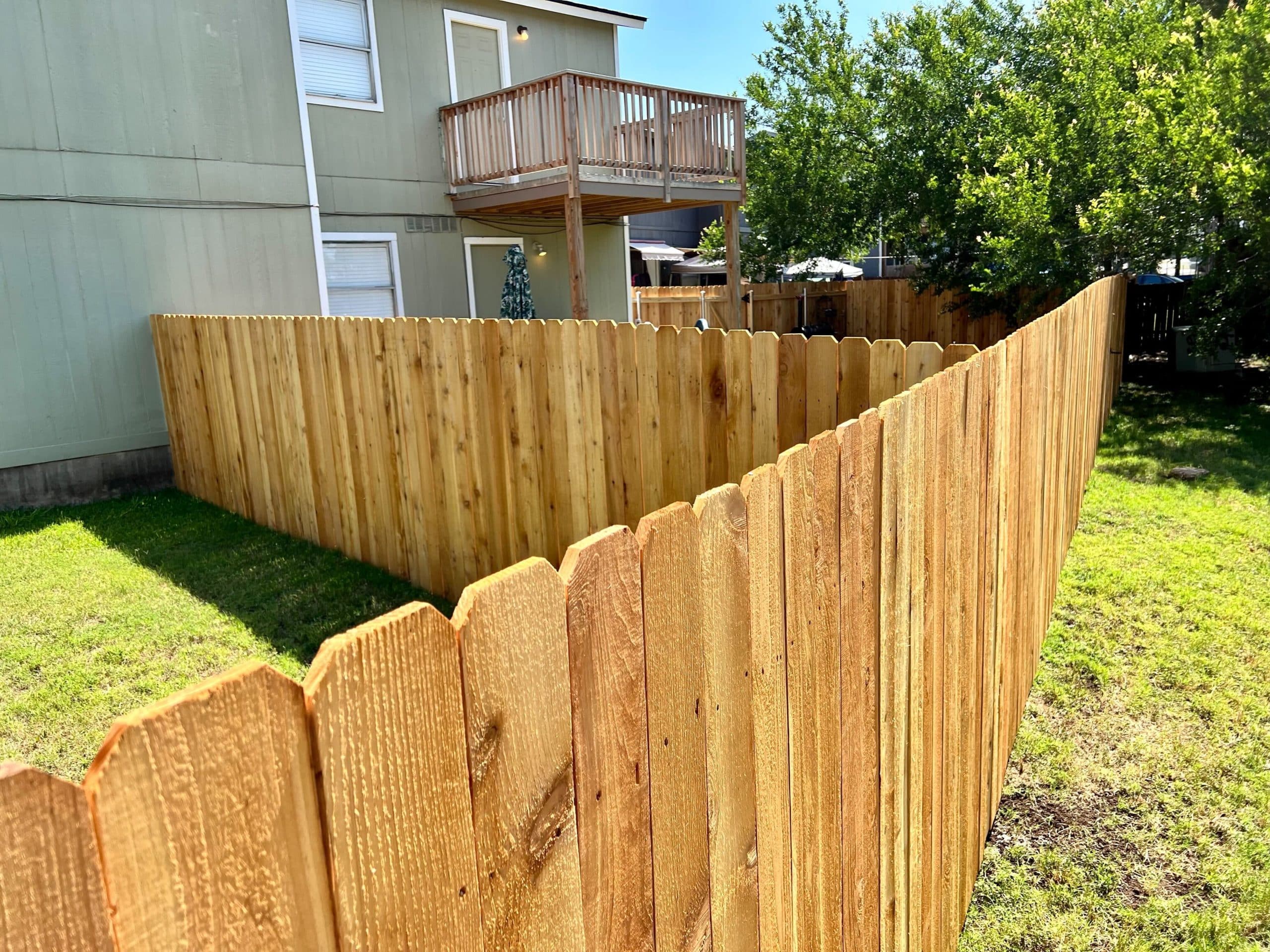Study: FEMA Underestimates U.S. Flood Risk
North Carolina State University made use of AI to predict possible flood harm and located 790K square miles have a bigger possibility than FEMA identifies in its maps.
RALEIGH, N.C. – In a new examine, North Carolina Condition College researchers applied synthetic intelligence (AI) to predict in which flood hurt is possible to come about in the continental United States, suggesting that latest flood maps from the Federal Crisis Administration Agency (FEMA) do not capture the whole extent of flood threat.
In the examine published in Environmental Investigation Letters, scientists found a higher likelihood of flood damage – together with financial problems, human personal injury and loss of lifetime – for much more than a million sq. miles of land across the United States across a 14-calendar year time period. That was much more than 790,000 sq. miles larger than flood risk zones recognized by FEMA’s maps.
“We’re observing that there is a whole lot of flood harm staying noted exterior of the 100-12 months floodplain,” said the study’s lead author Elyssa Collins, a doctoral prospect in the NC Point out Centre for Geospatial Analytics. “There are a good deal of spots that are inclined to flooding, and mainly because they’re outdoors the floodplain, that means they do not have to abide by insurance, making code and land-use prerequisites that could assistance safeguard persons and house.”
It can value FEMA as a lot as $11.8 billion to develop national Flood Insurance coverage Level Maps, which show irrespective of whether an area has at the very least a 1% chance of flooding in a year, in accordance to a 2020 report from the Association of Condition Floodplain Managers. Scientists say their method of working with equipment discovering instruments to estimate flood possibility gives a way of quickly updating flood maps as conditions transform or a lot more information and facts results in being accessible.
“This is the to start with spatially entire map of flood hurt probability for the United States wall-to-wall information that can be employed to find out far more about flood danger in vulnerable, underrepresented communities,” reported Ross Meentemeyer, goodnight distinguished professor of geospatial analytics at NC Condition.
To generate their personal computer models, scientists applied described knowledge of flood harm for the United States, together with other data this sort of as regardless of whether land is near to a river or stream, variety of land address, soil kind and precipitation. The laptop or computer was equipped to “learn” from actual studies of injury to predict places of large flood damage likelihood for just about every pixel of mapped land. They established different versions for every watershed in the United States.
“Our styles are not dependent in physics or the mechanics of how h2o flows we’re applying device understanding procedures to produce predictions,” Collins stated. “We produced types that relate predictors – variables relevant to flood problems such as extreme precipitation, topography, the relation of your residence to a river – to a knowledge established of flood problems experiences from the National Oceanic and Atmospheric Administration. It’s very quick – our styles for the U.S. watersheds ran on an typical of 5 hrs.”
The real flood hurt stories they utilized to “train” the types were publicly accessible studies from NOAA produced concerning December 2006 and May possibly of 2020. As opposed with latest FEMA maps downloaded in 2020, 84.5% of the destruction reviews they evaluated were being not within the agency’s substantial-chance flood regions. The the vast majority, at 68.3%, were situated outdoors of the high-hazard floodplain, when 16.2% had been in destinations unmapped by FEMA.
When they ran their pc products to ascertain flood damage chance, they discovered a significant chance of flood injury for extra than 1.01 million sq. miles throughout the United States, whilst the mapped location in FEMA’s 100-12 months flood simple is about 221,000 sq. miles. Researchers claimed there are elements that could assistance clarify why the distinctions were being so huge, which include that their machine-studying-centered design assessed damage from floods of any frequency, although FEMA only includes flooding that would occur from storms that have a 1% opportunity of occurring in any presented year.
“Potentially, FEMA is underestimating flood damage exposure,” Collins explained.
One of the major motorists of flood injury possibility was proximity to a stream, along with elevation and the common total of serious precipitation per year. The three Census locations with the highest probability were in the Southeast. Louisiana, Missouri, the District of Columbia, Florida and Mississippi had the optimum risk of any U.S. point out or district in the continental United States.
In their product, researchers used historic local weather data. In the future, they approach to account for local weather alter.
In the meantime, researchers say their results, which will be publicly available, could be helpful for supporting policymakers included in land-use setting up. They also signify a proof-of-principle system for competently updating flood maps in the long term.
“There is continue to perform to be completed to make this product extra dynamic,” Collins mentioned. “But it is portion of a shift in contemplating about how we strategy these problems in a much more value-successful and computationally economical fashion. Inevitably, with local climate alter, we’re going to have to update these maps and products as events manifest. It would be useful to have foreseeable future estimates that we can use to get ready for regardless of what is to arrive.”
The review, “Predicting flood destruction likelihood throughout the conterminous United States,” was printed on-line Feb. 21, 2022, in Environmental Exploration Letters. In addition to Collins and Meentemeyer, other authors included Georgina M. Sanchez, Adam Terando, Charles C. Stillwell, Helena Mitasova and Antonia Sebastian. This job was supported by the U.S. Geological Study Southeast Weather Adaptation Science Middle (G19AC00083) and the North Carolina State College Sea Grant method (R/MG-2011).
Copyright © 2022 NewsRx LLC, Weather Adjust Day by day News








